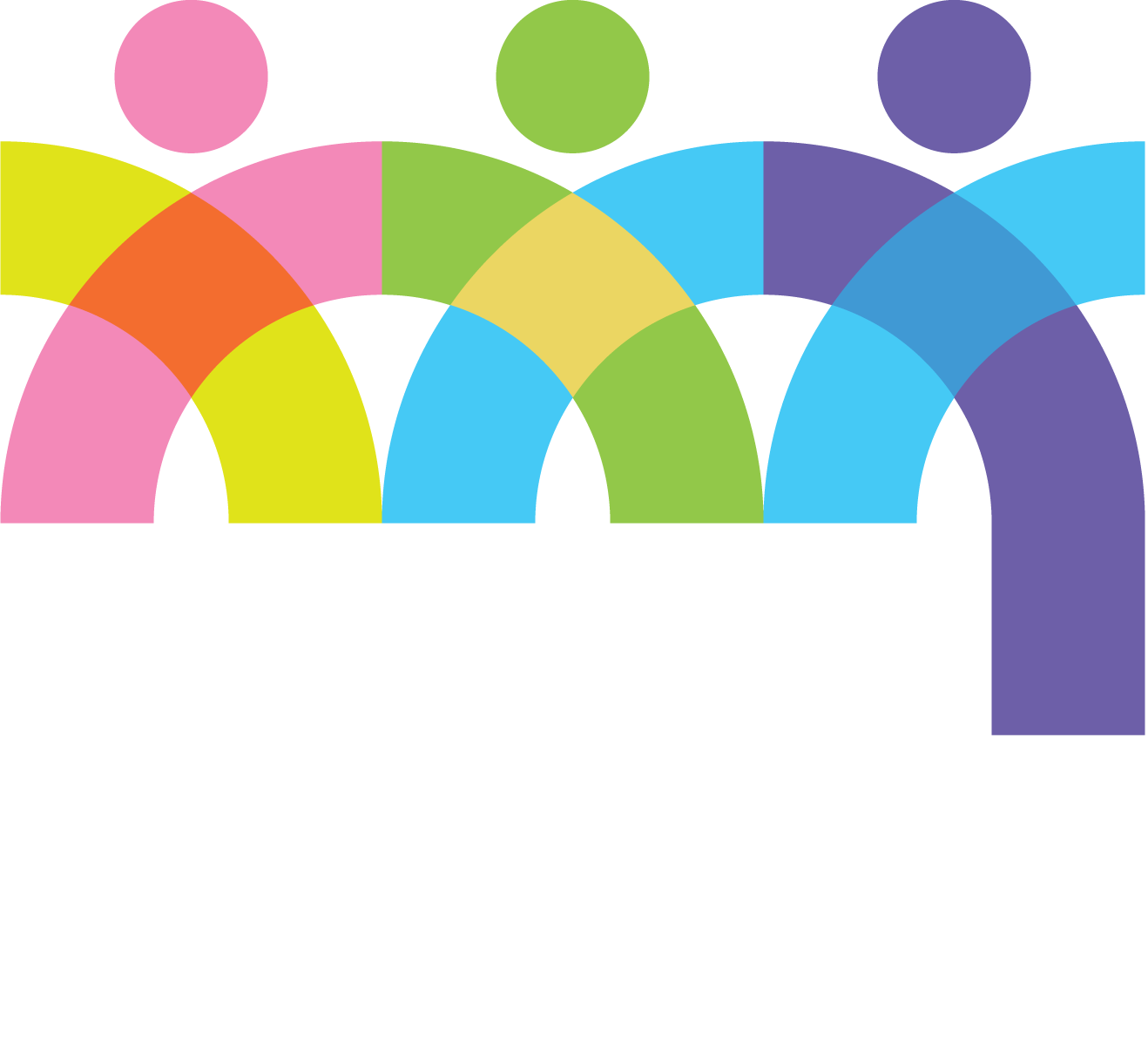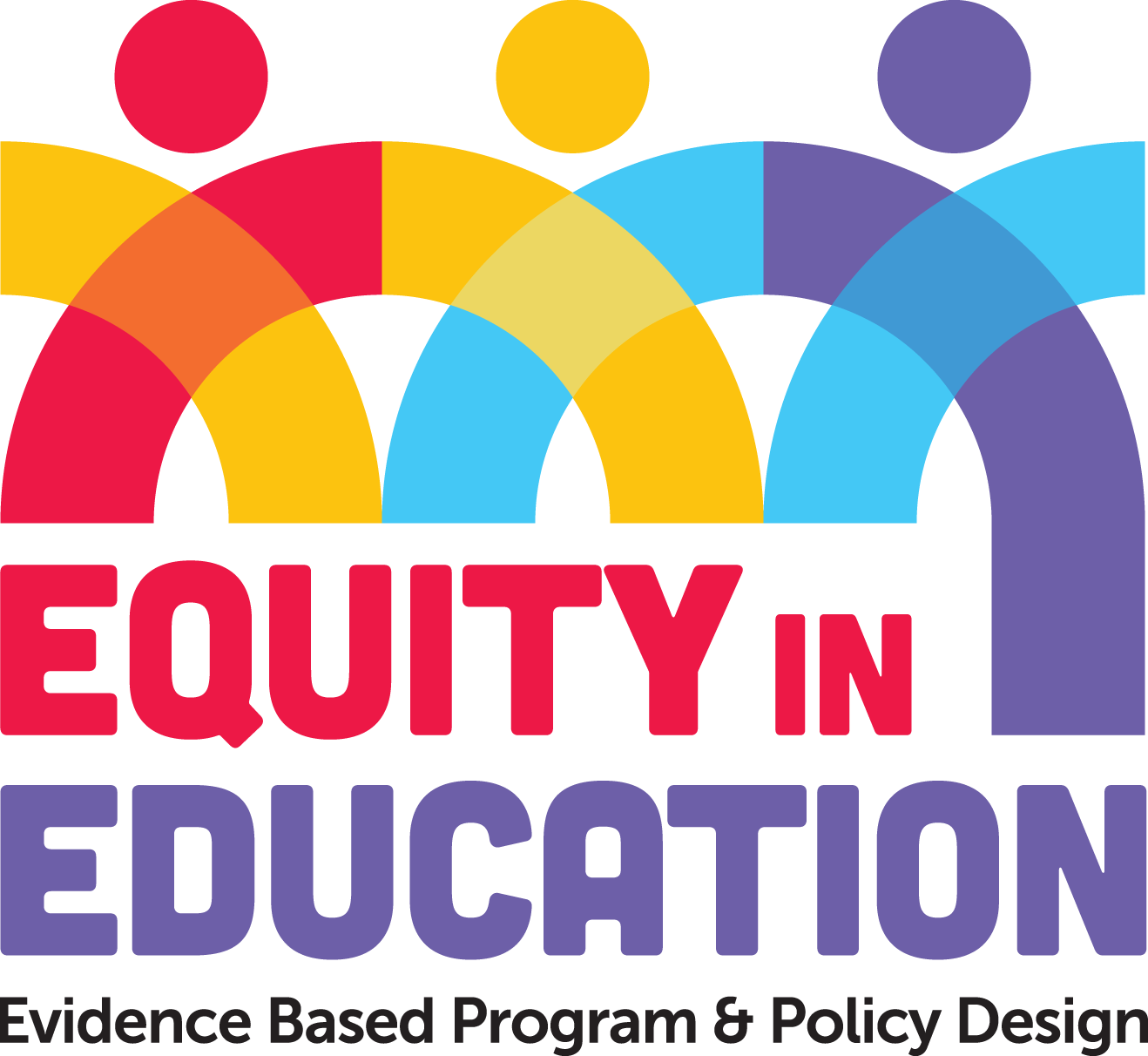
The Education and Training for the 21st Century Workforce (ET21) Cluster seeks to address growing labour inequalities and strengthen educational approaches, programs, and services to help children and youth develop skills that align with the competencies needed to thrive in the new realities of the 21st-century economy. The objectives of ET21 include understanding the implications of changing workforce demands on skill needs, understanding skill formation and outcomes leading to positive trajectories and developing a sustainable research and knowledge-sharing network of academic and community partners.
The overarching goal of the proposed Education and Training for the 21st Century Workforce (ET21) Cluster, accordingly, is to forecast the skill requirements of the Canadian economy while considering individuals’ developmental pathways in relation to these future-demanded skills.
Beyond the mask: Decoding children’s mental health patterns amidst COVID-19 and the role of parenting
Conceptualizing and Operationalizing Creativity in Early Childhood Education and Care: A Scoping Review
Defining Peer Collaboration: A scoping review and network analysis
Economic Gains from Early Childhood Education and Care: The Role of Workforce Participation


Mailing Address
Department of Management
University of Toronto Scarborough
UTSC Instructional Centre
1095 Military Trail
Toronto, ON M1C 1A4

